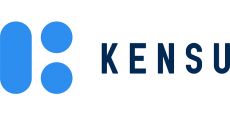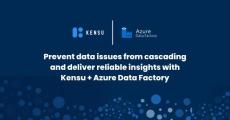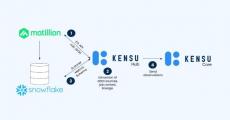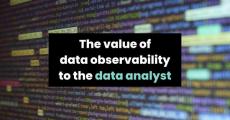- November 2023 (1)
- October 2023 (3)
- August 2023 (3)
- July 2023 (1)
- June 2023 (3)
- May 2023 (1)
- April 2023 (1)
- March 2023 (2)
- February 2023 (1)
- January 2023 (4)
- December 2022 (1)
- November 2022 (1)
- October 2022 (1)
- September 2022 (1)
- July 2022 (2)
- May 2022 (3)
- April 2022 (3)
- February 2022 (2)
- January 2022 (1)
Our low latency data observability solution alerts about data issues, prevents their propagation, and highlights which applications are impacted.
To foster a data-driven culture, automation of data observability at scale is essential. The best way to achieve this is through what is called Data Observability Driven Development [DODD] which implies observable information is produced by the applications.
The method is a paradigm shift that allows data teams and data usage to scale efficiently. DODD is done from within the applications to enable data projects with synchronized observability, continuous validation, and contextual observability.
Data Observability is for everyone:
- For Data Scientists: Remain confident about the models in production by being notified as soon as performance is deviating.
- For Data Engineers: Save time and trouble by easily increasing your visibility and control over data in production.
- For Heads of Data: Increase the productivity of your team by reducing the resources required to maintain existing data applications.
- For Analysts: Increase trust in existing reports by being immediately alerted as soon as data quality is out of range.
Trust what you deliver.








